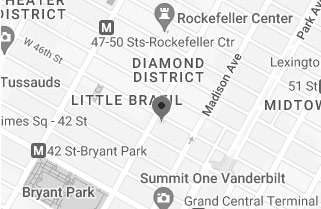What is an Arnold-Chiari Malformation?
An Arnold-Chiari malformation (often referred to as simply a Chiari malformation) is a medical condition in which brain tissue extends into the spinal canal. The condition is named after Hans Chiari, an Austrian pathologist who first identified the condition in 1891. Later, Chiari’s work was expanded upon by Julius Arnold. As a result, Chiari malformations are often called –Arnold-Chiari malformations.
Chiari malformations are caused by defects in the brain and spinal cord. These defects usually occur as the fetus is developing. In people with Chiari malformations, the base of the skull is usually very small and pressure is placed upon the cerebellum, the lower back portion of the brain. Oftentimes, fluid that surrounds and protects the brain and spinal cord begin to build up and causes pressure on the brain. While Chiari malformations may be detected by an ultrasound during pregnancy, some malformations may not be detected until infancy; moreover, some malformations may not be detected until adulthood.
Four types of Chiari malformations:
Type I: Type I is the most common malformations. In this type, the lower part of the cerebellum extends into the opening at the base of the skull. Normally, only the spinal cord passes through that opening.
Type II: Type II is known as the “classic” Chiari malformation or the Arnold-Chiari malformation. In the malformation, both the cerebellum and the brain stem extend into the opening at the base of the skull. Type II often occurs in children with spinal bifida.
Type III: In this type, the cerebellum and the brain stem extend through the opening at the base of the skull into the spinal cord. While rare, this type of the most dangerous malformation.
Type IV: Type IV is an undeveloped cerebellum. In some cases, this type is associated with the skull or spinal cord being exposed on the outside of the body.
Symptoms and Treatment
People with Type I Chiari malformation usually experience no symptoms. They may not even know they have the condition until a doctor performs an imaging test such as an MRI.
Others, however, may experience the following symptoms: pain in the back of the head or neck, dizziness, difficulty swallowing, irregular breathing, weakness of the vocal cords, and nerve problems in the throat and tongue. Some patients may experience a build-up of spinal fluid around the brain (hydrocephalus). As a result, they may experience head pain when sneezing or doing such things as bending over.
The best way for doctors to detect a Chiari malformation is to conduct an MRI. Doctors may also prescribe medication to manage pain. In some cases, surgery may be required to relieve build-up of fluid around the brain.
How Law Offices of Thomas L. Gallivan, PLLC can Help
In some cases, Chiari malformations are undiagnosed. In addition, Chiari malformations can be caused by toxins such as lead paint. At the Law Offices of Thomas L. Gallivan, PLLC, we will attempt to identify the cause of the Chiari malformation. If it could have been avoided, we will obtain compensation from the responsible party or parties.



